In addition to wood, forests also provide a wide range of non-wood products and services. In Ireland, recreation is the most popular non-wood service, but we are beginning to explore the forest as a source of food, especially fruit, nuts, plants and edible mushrooms.
Attending a forest field day without reference to timber is a rarity in Ireland. However, it may become a more common occurrence after the recent forest foraging field day in Clonad wood, Co Offaly, where the emphasis was on forest flora, or to be more specific, plants and fungi that thrive in a forest setting.
Clonad field day
Clonad, owned by the Irish Forest Unit Trust (IForUT), is turning out to be the pioneer in forest food in Ireland. But it’s not just food, as Mary Bulfin demonstrated at the recent Clonad field day.
Bulfin, a well known wild food forager, chef and author, plucked plants such as meadowsweet that have proven medicinal qualities as well. Meadowsweet produces salicylic acid, which is the ingredient in the manufacture of aspirin.
The nearby willow, although not botanically related to meadowsweet, is linked medicinally as it too is a salicylic acid producer, as Bulfin pointed out.
She plucked nettles – showing how to avoid stings – which she uses not only as a nutritious vegetable, but also as the base for making smoothies, beer and ice cream, while the nettle root is used for the treatment of prostate enlargement.
Armed with an encyclopaedic knowledge of plants, she discussed how to make syrup from beech leaves, coffee, wine and syrup from dandelions, while fielding questions on silverweed, foxglove, wood sorrel and a variety of grasses on the forest edge.
This was followed by fungi foraging through the mainly Norway spruce forest.
The group was joined by Bernard Gibney of Gibney’s Garden Preserves, who has sourced spruce tips and wild woodland garlic when adding to natural preserves.
He presented field day participants with samples of his woodland produce, including wood sorrel pesto, rose hip chutney and elderberry jam.
The purpose of the field day, organised by the Irish Timber Growers Association (ITGA) with IForUT, was to demonstrate the diversity of flora in what is a typical Irish forest.
“The species diversity in Clonad is similar to the national average, comprising 75% conifers and 25% broadleaves,” said ITGA technical director, Donal Whelan.
“It highlights the potential of forest foods that can be foraged from our forests and woodlands.”
Finland
Finland is one of the European countries that is a major user of non-wood produce. Comparisons with Ireland are useful, as Finland has a high dependence on conifers. The species mix is 89% conifers – mainly Norway spruce and Scots pine – and 11% broadleaves, almost all birch.
Approximately 500m kg of berries and 2bn kg of mushrooms are produced in Finland’s forests every year.
“The tradition of picking wild berries and mushrooms is as popular as ever, despite urbanisation,” according to Salla Korpela in This is Finland, a campaign run by the Finish government.
The European tradition of foraging for wild bilberries, raspberries, loganberries, cranberries and mushrooms could be matched in Ireland, as most of these species grow well here.
“The ITGA will continue to explore the potential of forest food at future field days,” says Whelan.
“We have lined up Wouter van Eck, who is a pioneer of forest food in the Netherlands for our November 18 webinar (see below).”
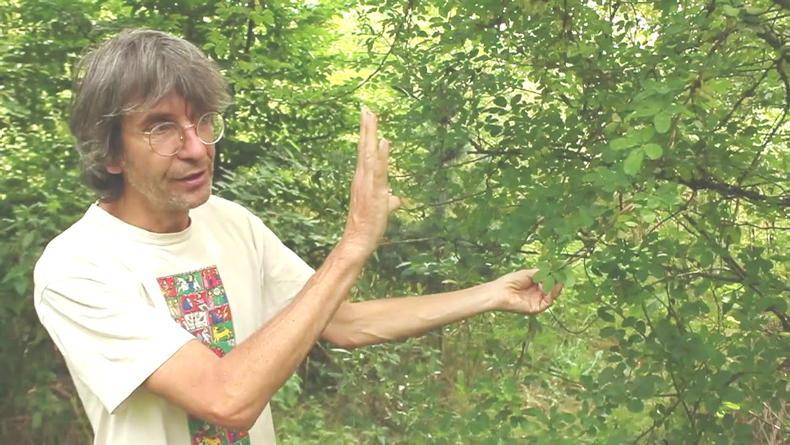
Wouter van Eck, food forest pioneer in the Netherlands will speak at the November 18 ITGA webinar.
The ITGA is organising four free webinars in November, covering forestry topics ranging from forest food and certification to recreation and woodland protection.
“Supported by the Irish Farmers Journal and part-funded by the Department of Agriculture, Food and the Marine (DAFM), the webinars are aimed at a wide audience,” says Donal Whelan.
“They will open with forest protection from insect pest and other diseases, which is a subject that concerns us all.”
The webinars feature two important non-wood aspects of forestry – recreation and forest food. The increase in forest visits during COVID-19 highlighted the importance of forest recreation.
An estimated annual 29m visits are made to Irish forests, according to DAFM data. Wouter van Eck, who is a pioneer of forest food in the Netherlands, will provide a fascinating insight into non-wood forest products, including fungi, berries, nuts and edible leaves. The final webinar deals with forest certification.
Google FORESTRY.IE or click on www.forestry.ie/insights to register for the following webinars, which begin at 10am and conclude at 11.30am.
Forest pest risk management, 4 November
The opening topic is ‘Best forest practice including an integrated pest management strategy’ by Mechteld Schuller, ITGA, while Tom McDonald, forestry inspector, Forest Health Section, DAFM, will discuss ‘The threat from exotic pests in Irish woodlands.’ Deer damage will be addressed by Dr Simone Ciuti, assistant professor of Wildlife Biology, UCD, who will feature the “SMARTDEER” project.
Woodland recreation, 11 November
Introduced by Marina Conway, CEO, Western Forestry Co-op, it will feature ‘Forests for all: exploring Ireland’s woodlands’ by Donal Magner, while Daithi de Forge, head of recreation, Coillte, will discuss ‘Innovations in forest recreation.’
Innovative farming solutions,
18 November
The opening topic is ‘Green Deal Food Forests – the Dutch perspective’ by Wouter van Eck, who created his own forest to produce food. Eugene Curran, DAFM senior forestry inspector, will discuss ‘Potential for new agro-forestry and food initiatives in Ireland.’
Forest certification, 25 November
Introduced by Brendan Lacey, ITGA and CEO IForUT, this final webinar will open with Mechteld Schuller’s presentation on ‘Group certification for private woodland owners’ while Andy Grundy of Western Europe, Soil Association Certification, will discuss ‘International developments in forest certification – implications for Ireland.’
There will also be a presentation on ‘Roundwood supply forecast from private forests and future certification constraints’ by Henry Phillips, forestry consultant and Patrick Murray, director, Murray Timber Group and chair of the COFORD wood mobilisation group.
In addition to wood, forests also provide a wide range of non-wood products and services. In Ireland, recreation is the most popular non-wood service, but we are beginning to explore the forest as a source of food, especially fruit, nuts, plants and edible mushrooms.
Attending a forest field day without reference to timber is a rarity in Ireland. However, it may become a more common occurrence after the recent forest foraging field day in Clonad wood, Co Offaly, where the emphasis was on forest flora, or to be more specific, plants and fungi that thrive in a forest setting.
Clonad field day
Clonad, owned by the Irish Forest Unit Trust (IForUT), is turning out to be the pioneer in forest food in Ireland. But it’s not just food, as Mary Bulfin demonstrated at the recent Clonad field day.
Bulfin, a well known wild food forager, chef and author, plucked plants such as meadowsweet that have proven medicinal qualities as well. Meadowsweet produces salicylic acid, which is the ingredient in the manufacture of aspirin.
The nearby willow, although not botanically related to meadowsweet, is linked medicinally as it too is a salicylic acid producer, as Bulfin pointed out.
She plucked nettles – showing how to avoid stings – which she uses not only as a nutritious vegetable, but also as the base for making smoothies, beer and ice cream, while the nettle root is used for the treatment of prostate enlargement.
Armed with an encyclopaedic knowledge of plants, she discussed how to make syrup from beech leaves, coffee, wine and syrup from dandelions, while fielding questions on silverweed, foxglove, wood sorrel and a variety of grasses on the forest edge.
This was followed by fungi foraging through the mainly Norway spruce forest.
The group was joined by Bernard Gibney of Gibney’s Garden Preserves, who has sourced spruce tips and wild woodland garlic when adding to natural preserves.
He presented field day participants with samples of his woodland produce, including wood sorrel pesto, rose hip chutney and elderberry jam.
The purpose of the field day, organised by the Irish Timber Growers Association (ITGA) with IForUT, was to demonstrate the diversity of flora in what is a typical Irish forest.
“The species diversity in Clonad is similar to the national average, comprising 75% conifers and 25% broadleaves,” said ITGA technical director, Donal Whelan.
“It highlights the potential of forest foods that can be foraged from our forests and woodlands.”
Finland
Finland is one of the European countries that is a major user of non-wood produce. Comparisons with Ireland are useful, as Finland has a high dependence on conifers. The species mix is 89% conifers – mainly Norway spruce and Scots pine – and 11% broadleaves, almost all birch.
Approximately 500m kg of berries and 2bn kg of mushrooms are produced in Finland’s forests every year.
“The tradition of picking wild berries and mushrooms is as popular as ever, despite urbanisation,” according to Salla Korpela in This is Finland, a campaign run by the Finish government.
The European tradition of foraging for wild bilberries, raspberries, loganberries, cranberries and mushrooms could be matched in Ireland, as most of these species grow well here.
“The ITGA will continue to explore the potential of forest food at future field days,” says Whelan.
“We have lined up Wouter van Eck, who is a pioneer of forest food in the Netherlands for our November 18 webinar (see below).”

Wouter van Eck, food forest pioneer in the Netherlands will speak at the November 18 ITGA webinar.
The ITGA is organising four free webinars in November, covering forestry topics ranging from forest food and certification to recreation and woodland protection.
“Supported by the Irish Farmers Journal and part-funded by the Department of Agriculture, Food and the Marine (DAFM), the webinars are aimed at a wide audience,” says Donal Whelan.
“They will open with forest protection from insect pest and other diseases, which is a subject that concerns us all.”
The webinars feature two important non-wood aspects of forestry – recreation and forest food. The increase in forest visits during COVID-19 highlighted the importance of forest recreation.
An estimated annual 29m visits are made to Irish forests, according to DAFM data. Wouter van Eck, who is a pioneer of forest food in the Netherlands, will provide a fascinating insight into non-wood forest products, including fungi, berries, nuts and edible leaves. The final webinar deals with forest certification.
Google FORESTRY.IE or click on www.forestry.ie/insights to register for the following webinars, which begin at 10am and conclude at 11.30am.
Forest pest risk management, 4 November
The opening topic is ‘Best forest practice including an integrated pest management strategy’ by Mechteld Schuller, ITGA, while Tom McDonald, forestry inspector, Forest Health Section, DAFM, will discuss ‘The threat from exotic pests in Irish woodlands.’ Deer damage will be addressed by Dr Simone Ciuti, assistant professor of Wildlife Biology, UCD, who will feature the “SMARTDEER” project.
Woodland recreation, 11 November
Introduced by Marina Conway, CEO, Western Forestry Co-op, it will feature ‘Forests for all: exploring Ireland’s woodlands’ by Donal Magner, while Daithi de Forge, head of recreation, Coillte, will discuss ‘Innovations in forest recreation.’
Innovative farming solutions,
18 November
The opening topic is ‘Green Deal Food Forests – the Dutch perspective’ by Wouter van Eck, who created his own forest to produce food. Eugene Curran, DAFM senior forestry inspector, will discuss ‘Potential for new agro-forestry and food initiatives in Ireland.’
Forest certification, 25 November
Introduced by Brendan Lacey, ITGA and CEO IForUT, this final webinar will open with Mechteld Schuller’s presentation on ‘Group certification for private woodland owners’ while Andy Grundy of Western Europe, Soil Association Certification, will discuss ‘International developments in forest certification – implications for Ireland.’
There will also be a presentation on ‘Roundwood supply forecast from private forests and future certification constraints’ by Henry Phillips, forestry consultant and Patrick Murray, director, Murray Timber Group and chair of the COFORD wood mobilisation group.





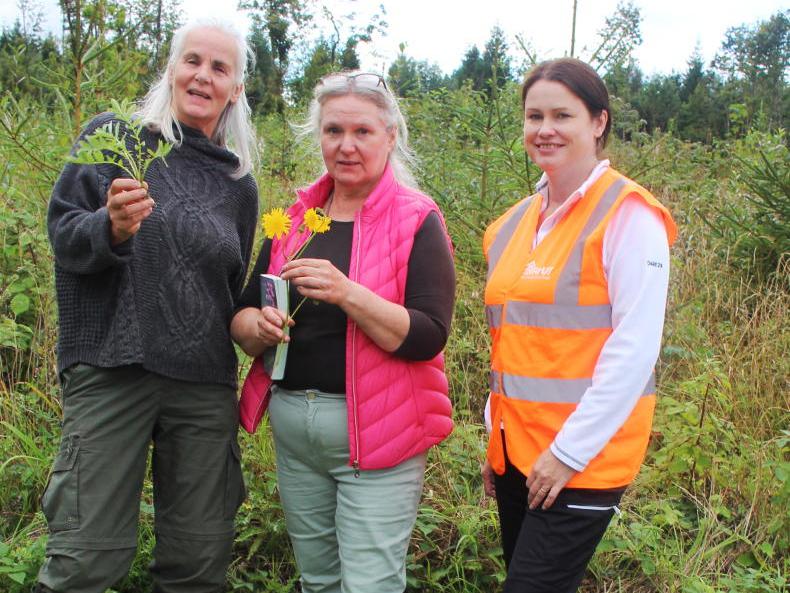
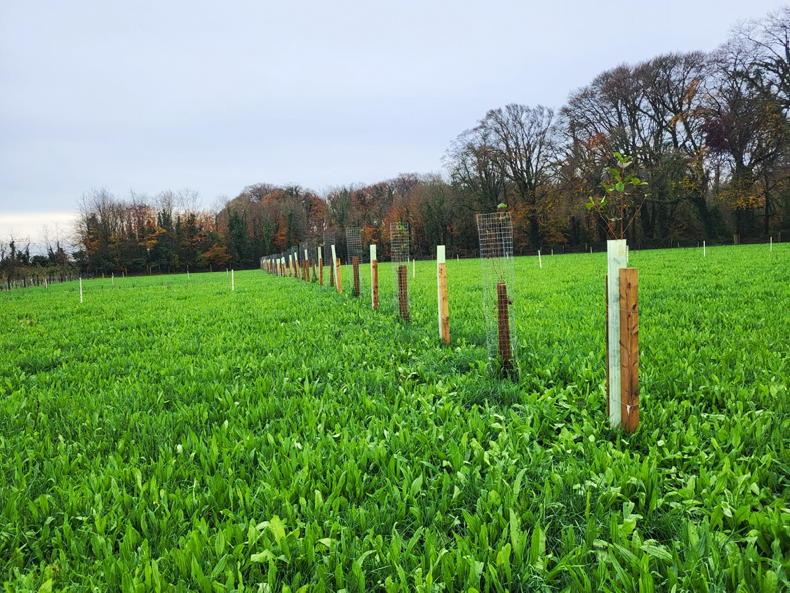


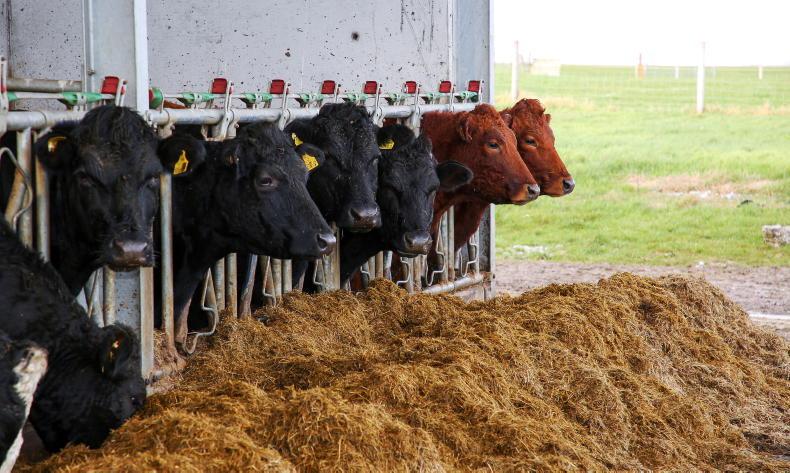
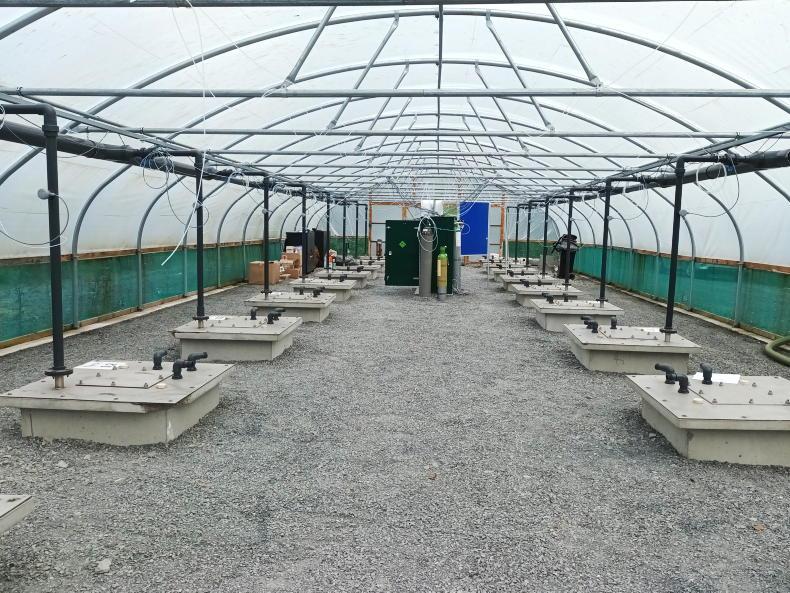
SHARING OPTIONS